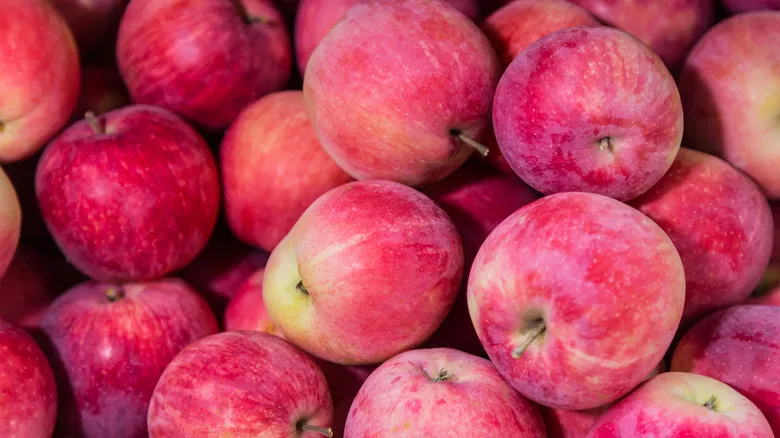The wax extends the shelf life of apples
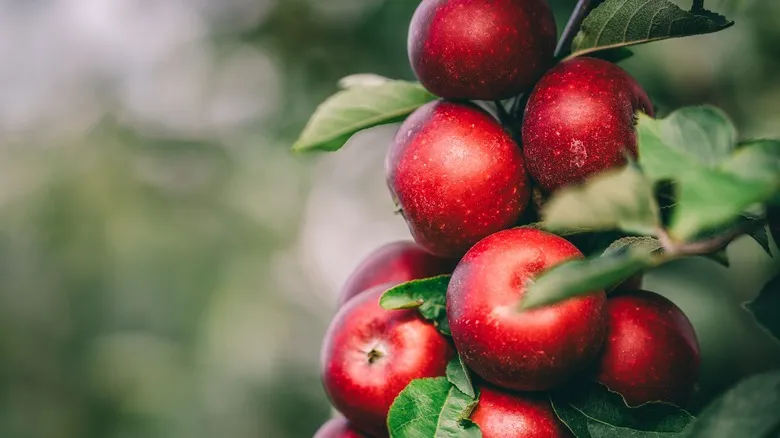
Apples, which are primarily made up of water, naturally develop a waxy layer to help retain moisture and avoid drying out. This natural wax is also present on other fruits such as lemons, oranges, and pears, even when they are freshly harvested. The wax serves as a barrier against pests and fungi, preventing them from penetrating the apple's flesh. However, after apples are picked and prepared for transport to grocery stores and supermarkets, they undergo a comprehensive cleaning process that removes this wax, along with any dirt or bacteria that may have accumulated during harvesting.
Once the natural wax is removed, a new layer is applied to help the apple retain moisture. This wax layer usually consists of natural carnauba wax and various food-grade synthetic waxes. In addition to aiding moisture retention, this wax creates a protective barrier that prevents bacteria and other contaminants from entering through any small cuts in the apple's skin. While one of the wax's functions is to extend the apple's shelf life, it also improves the fruit's appearance, giving it a shiny, fresh look that is more attractive to consumers.
Should you remove the wax?
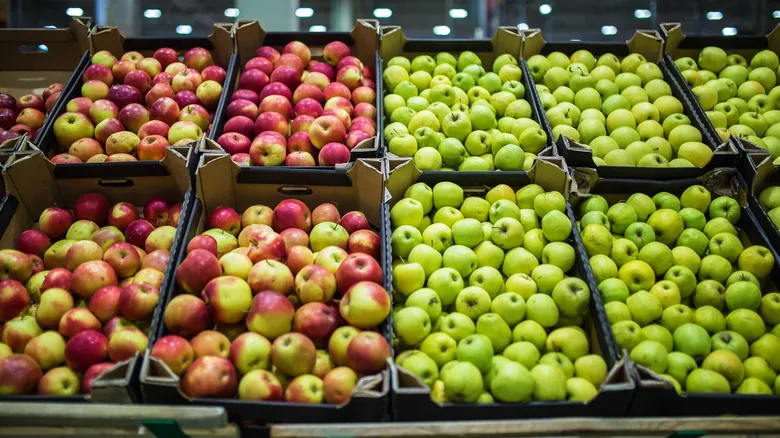
The wax applied to apples and other fruits is composed of natural or food-safe substances and is designed to be safe for eating. There's no need to painstakingly remove all the wax from an apple before enjoying it. However, as with all grocery store produce, it's a good idea to rinse your apple to eliminate any dirt that may have accumulated (just be sure to wait until you're ready to eat them, as washing can reduce their shelf life). The FDA recommends against using soap or specialized produce washes on apples, as these chemicals can seep through the skin and potentially lead to health issues. Instead, simply use a soft-bristled brush to gently clean the apple, and you’re all set.
Apples are a wonderful and tasty addition to any diet. While their waxy exterior may not look appealing, it serves to protect the apples for safe consumption, so there's no need for concern before you enjoy one.
Recommended
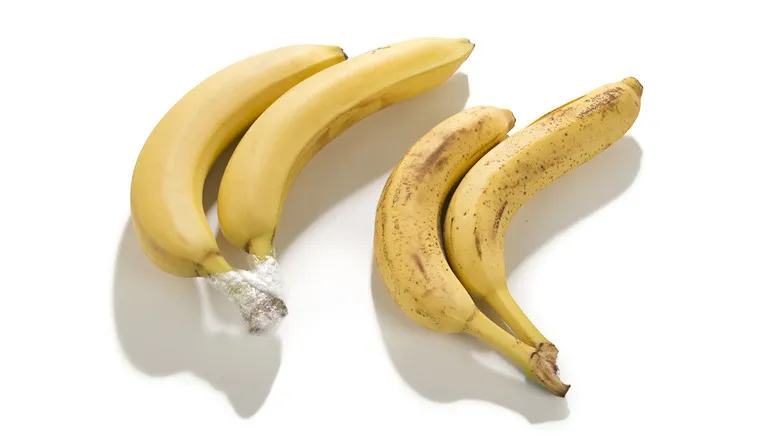
Why Grocery Stores Bind Banana Stems In Plastic Wrap

Here's What You Need To Know To Buy Beef Tenderloin Like A Pro

The Costco Frozen Gluten-Free Pizza You Should Be Adding To Your Cart
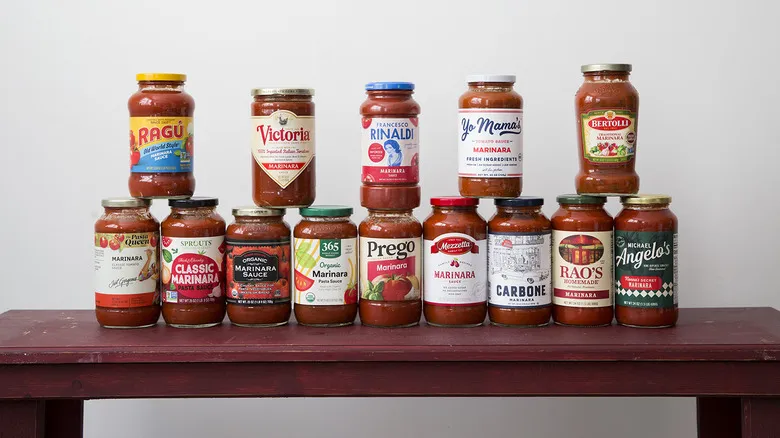
14 Popular Store-Bought Marinara Sauces, Ranked
Next up

